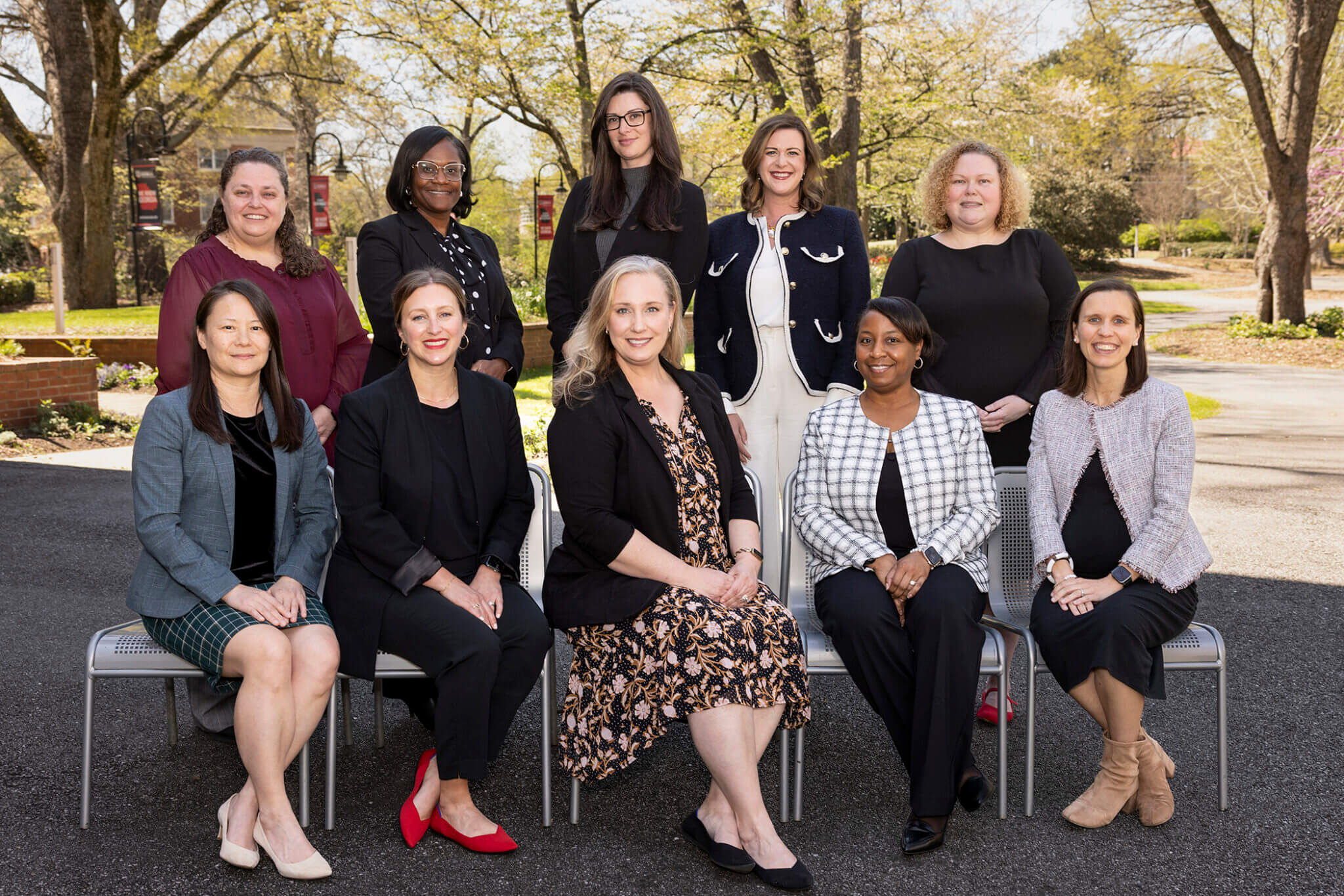By Sharon Omahen
University of Georgia
Joe McHugh stands in a murky creek examining a mossy log. In a
bright orange mushroom, he finds what he’s been hunting: a tiny
beetle. It’s not particularly striking, but he’s never seen
another just like it. He carefully places it into a vial of
alcohol.
McHugh’s not a Boy Scout working on his insect study badge. He’s
the University of Georgia’s coleopterist, a beetle specialist.
He and his research team are working to identify undescribed
beetle species. Scientists figure beetle species numbers at 3
million to 10 million.
Millions to identify
“So far, only about 365,000 beetle species have been described,”
McHugh said. “To put that number into perspective, one out of
every five known species on Earth is some type of beetle.”
Each species has a particular role in the environment as part of
that ecosystem, he said. Eliminating just one could produce
effects on other animals and plants.
“Most insects you see in nature are part of a balanced ecosystem.
They all have a role,” he said. “We might not know what it is,
but without this beetle or that fly, a particular plant might
disappear or some other creature could suddenly become
overabundant and cause problems.”
Since McHugh joined the UGA College of Agricultural and
Environmental Sciences faculty in 1995, he’s discovered and
described 18 new beetle species. He found three new genera, too,
and was the first to describe the immature stages of several
species.
Adults and immatures don’t look alike
“Immature beetles aren’t simply small beetles,” he said. “They’re
grub-like larvae, just as caterpillars are the immature forms of
butterflies. The adults and larvae of one beetle species can be
totally different in appearance, behavior and ecology. In some
cases, you’d never realize that the different forms represent the
same species.”
McHugh and his team recently finished the first year of a
five-year, $724,000 National Science Foundation Partnerships for
Enhancing Expertise in Taxonomy grant project.
Under the grant, the team is focusing on the Cerylonid series, a
group of little-known beetles. This group of seven families
includes ladybugs and their close relatives.
“Although most ladybugs are predators of other insects, some are
(plant eaters), and many of their closest relatives are …
fungus eaters,” McHugh said. “Fungi and the beetles that are
associated with them are often overlooked. But they, too, are
valuable parts of a healthy ecosystem.”
McHugh and his team are writing descriptions and keys,
photographing the species and developing a Web site to share the
new information with scientists worldwide.
Travelling and searching
The UGA team is studying thousands of specimens borrowed from
museums around the world. They’re collecting new samples from the
field, too, for aspects of the project that require data from
different developmental stages or from DNA.
They just returned from an expedition to Bolivia. Over the next
four years, they plan to go to Panama, Chile, South Africa and
Australia.
“There are representatives of the Cerylonid series all over the
world, with the exception of Antarctica,” McHugh said.
Besides describing the unknown species, the project will help to
train five new coleopterists.
“We’re training new beetle experts,” he said. “By the time my
students finish their Ph.D.’s, each one will be the world
authority on one of these poorly known groups.”
Naming them’s a perk
When a systematist describes a new species, he gets to name it.
McHugh named one in honor of his high school science mentor,
another for his master’s thesis advisor and one in honor of his
wife Roxanne. Because his wife tolerated his “always being out
bug hunting or working in the lab,” there’s a Peruvian beetle now
known as Genisphindus roxannae.
“I think she was honored, even though it wasn’t an exceptionally
flashy or colorful beetle,” McHugh said. “It was elegant and
beautiful in its own way.”



